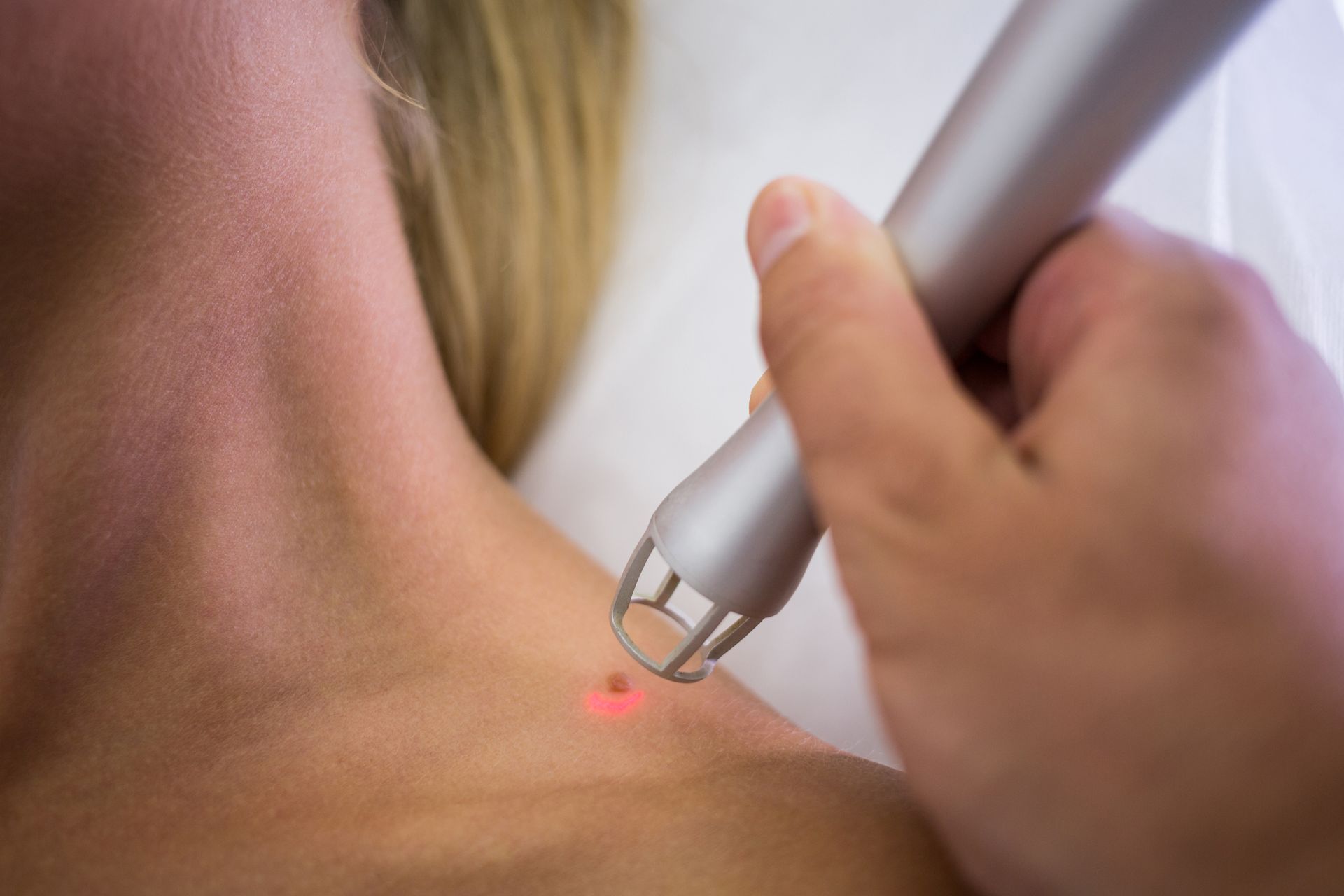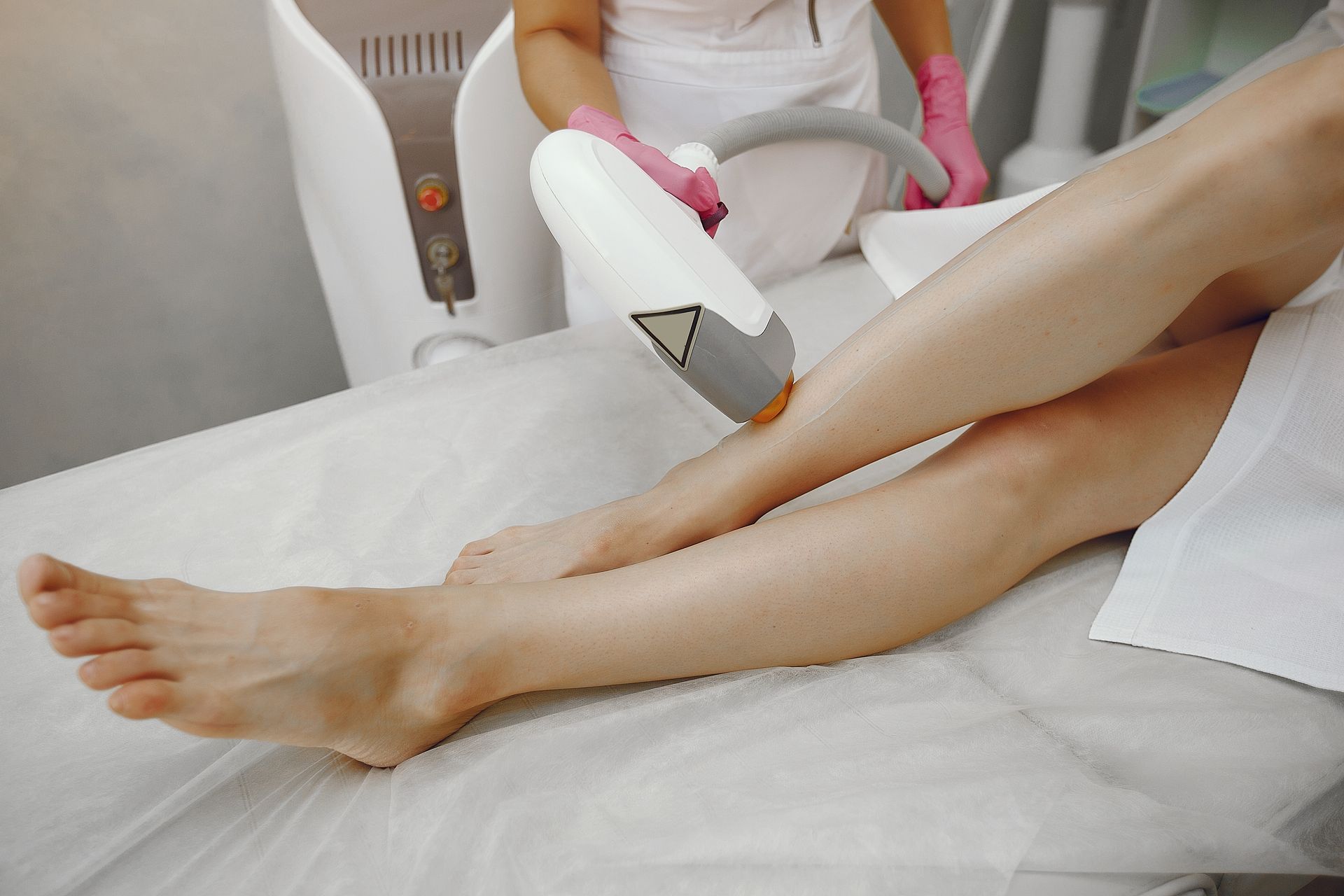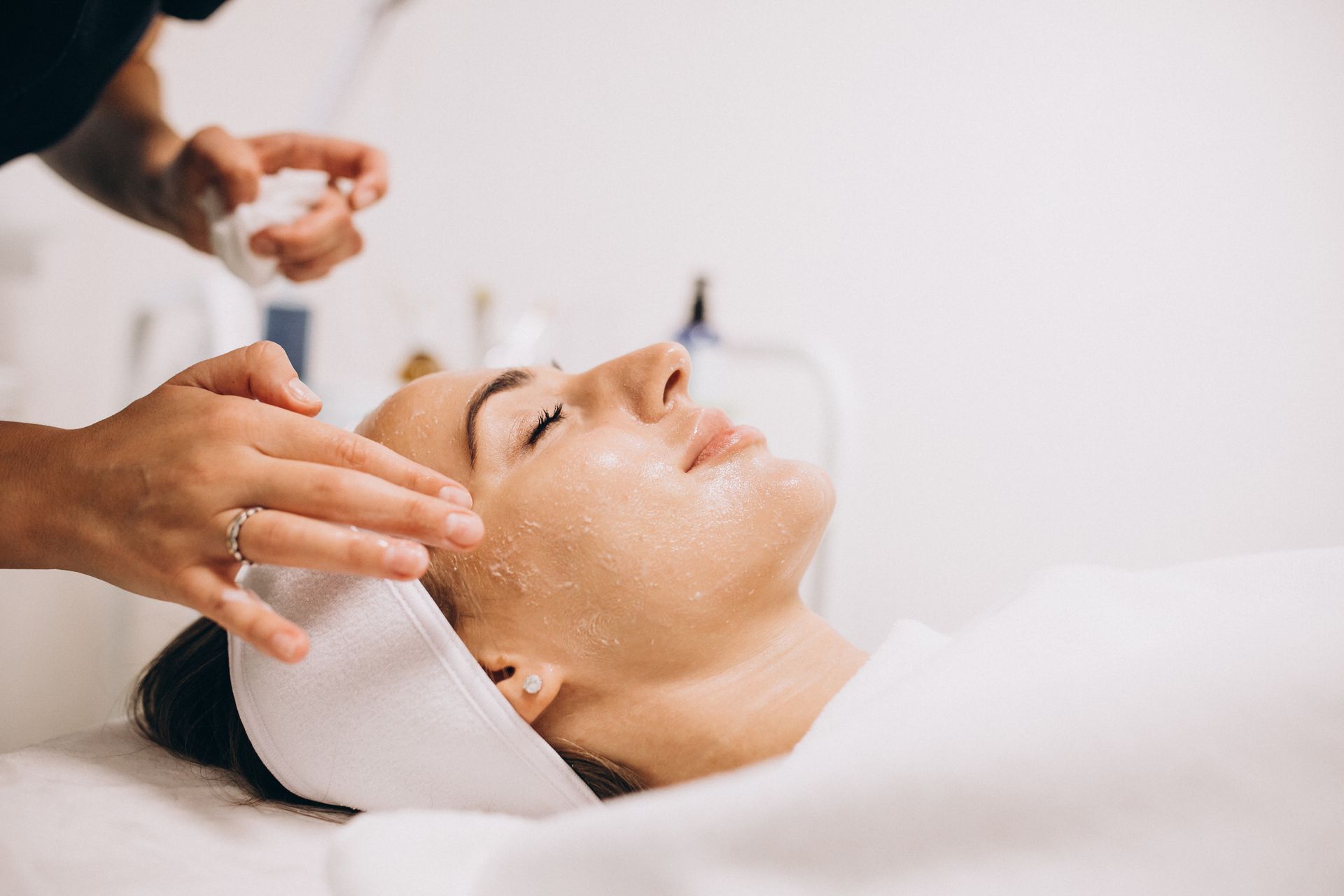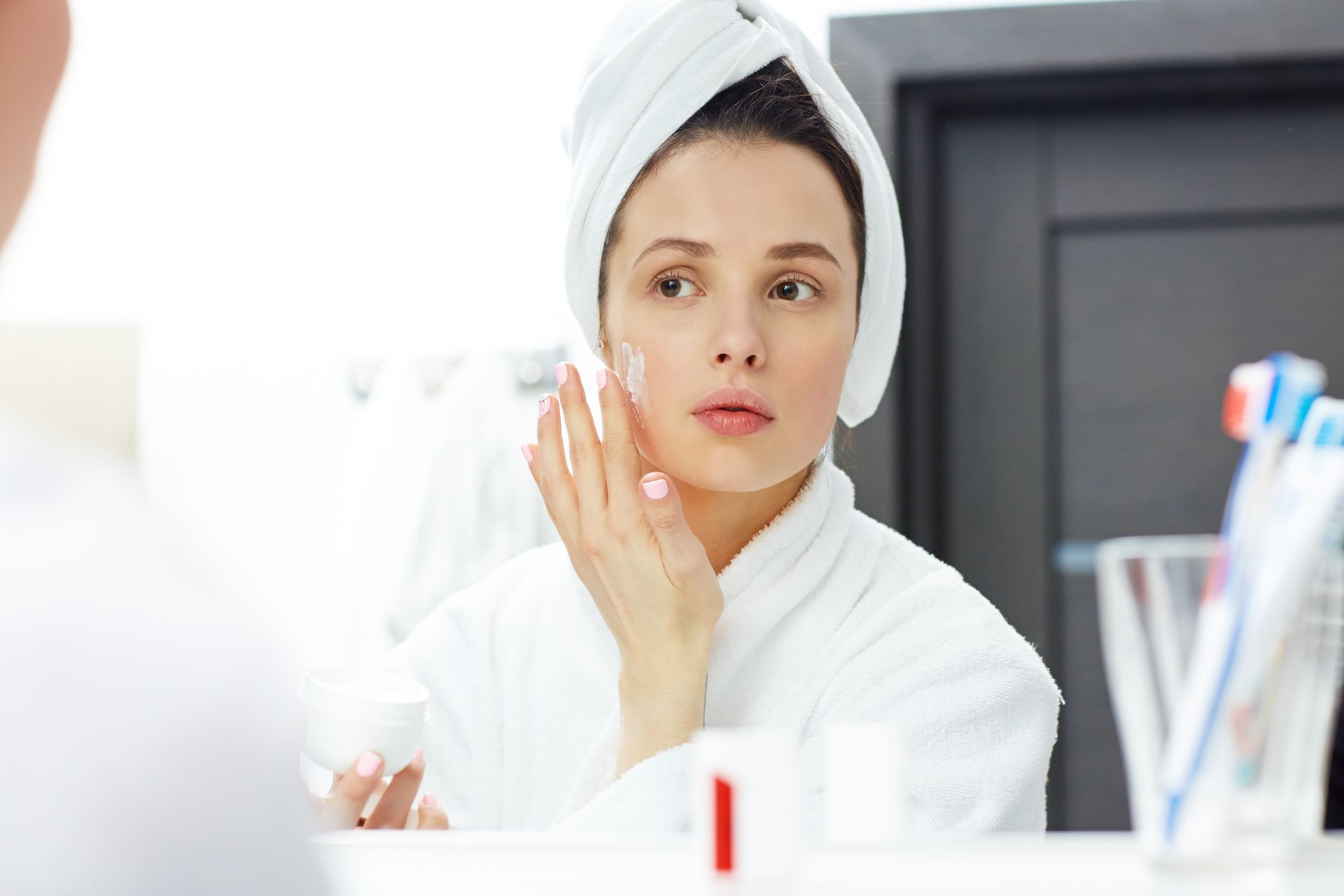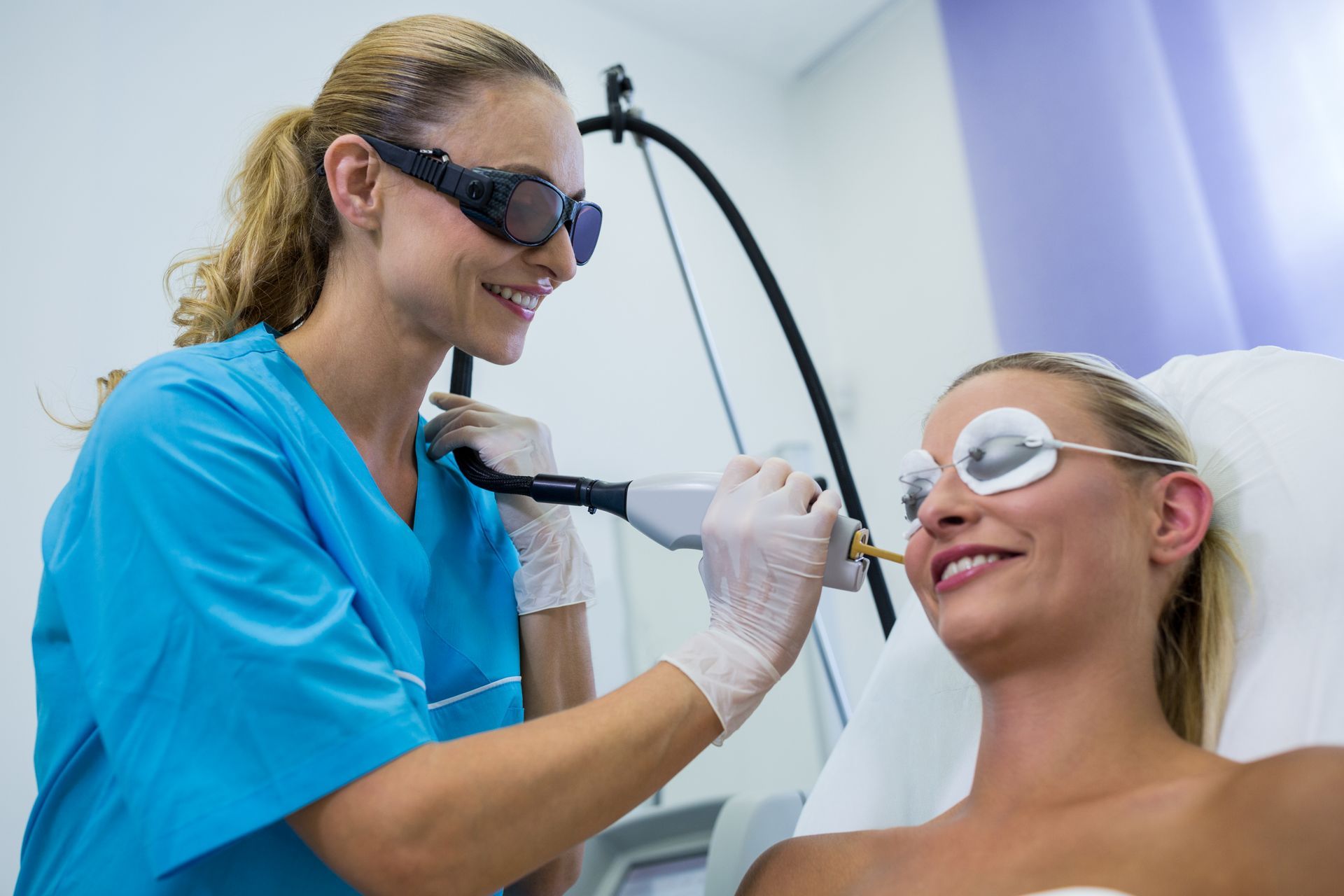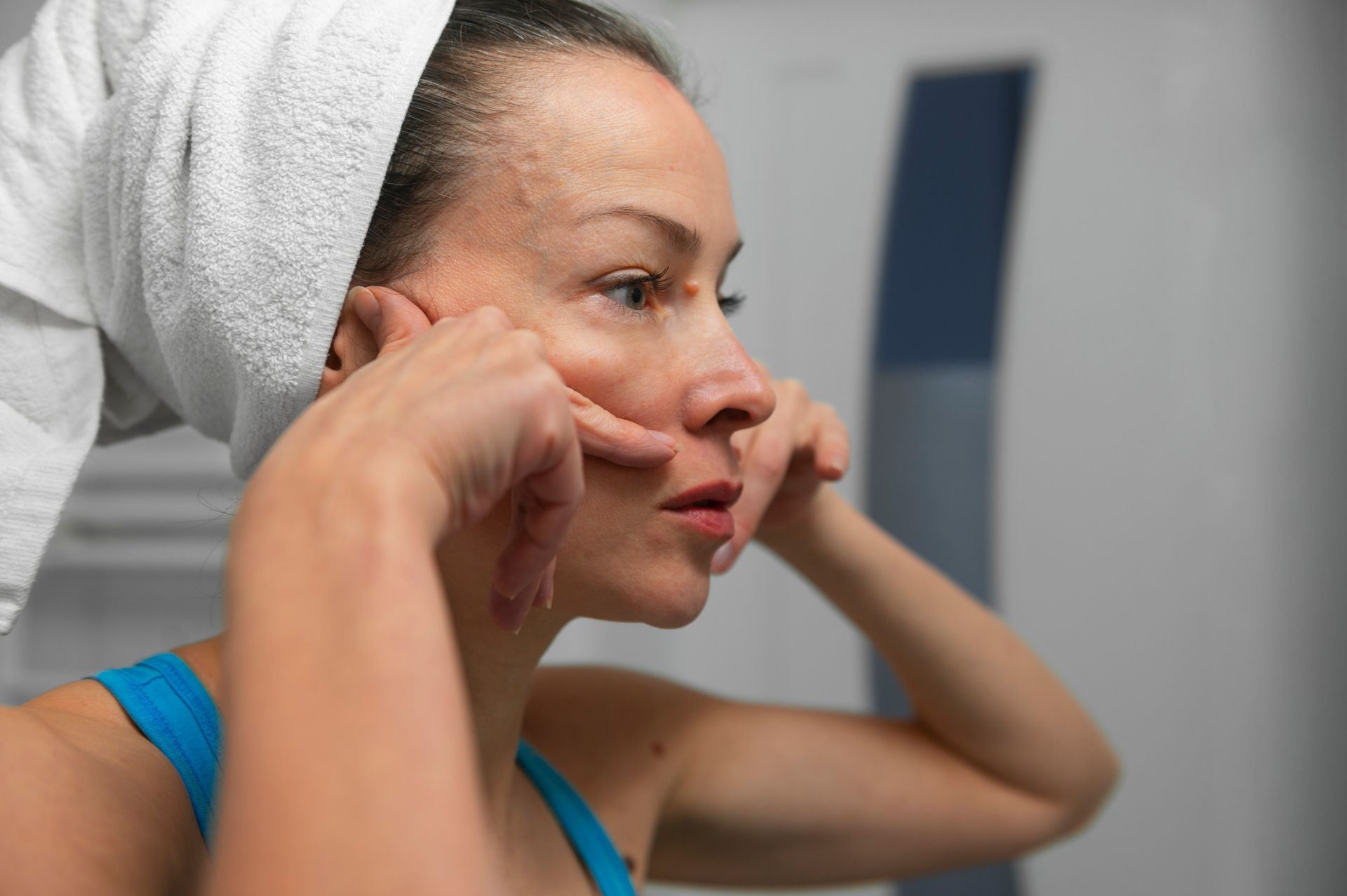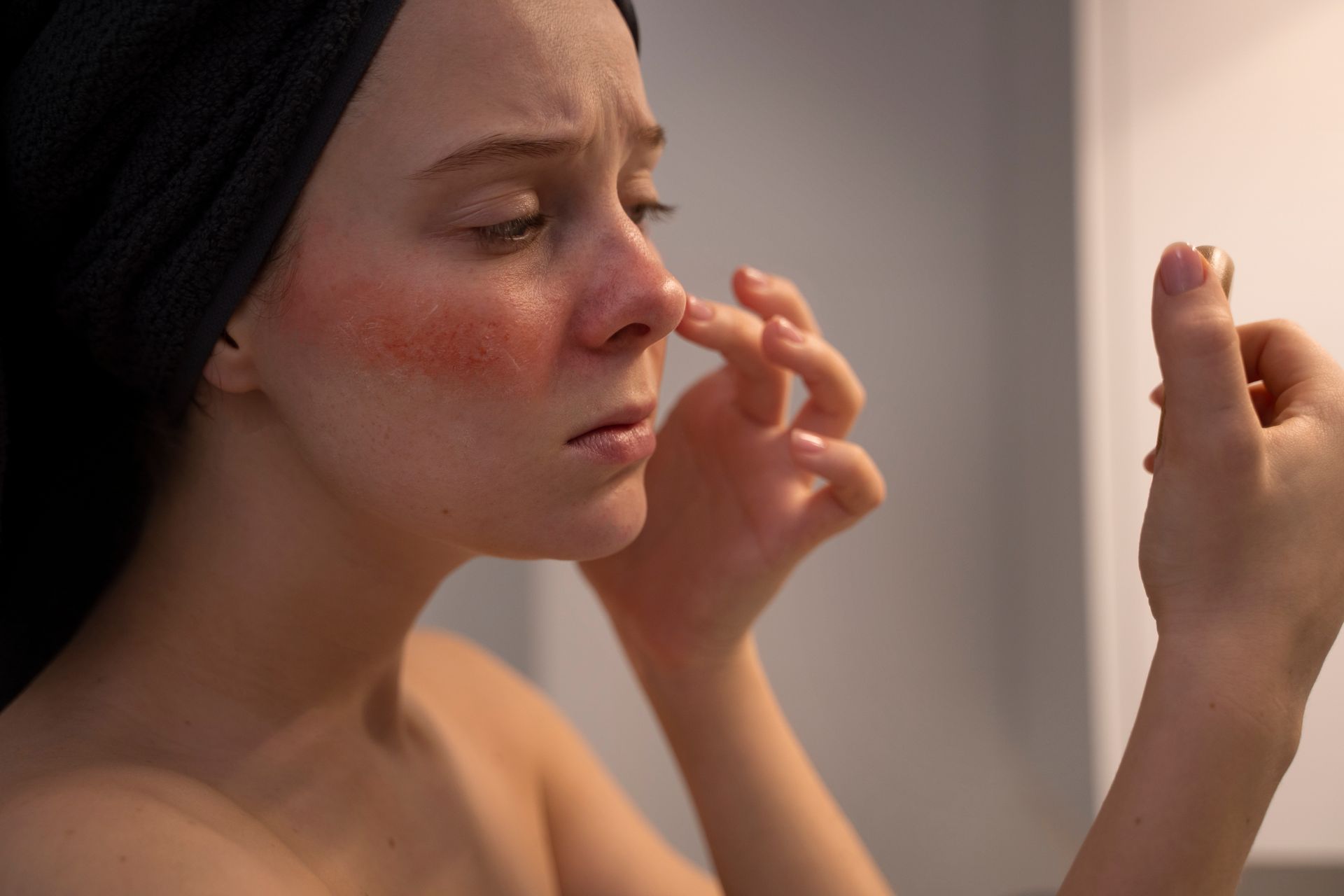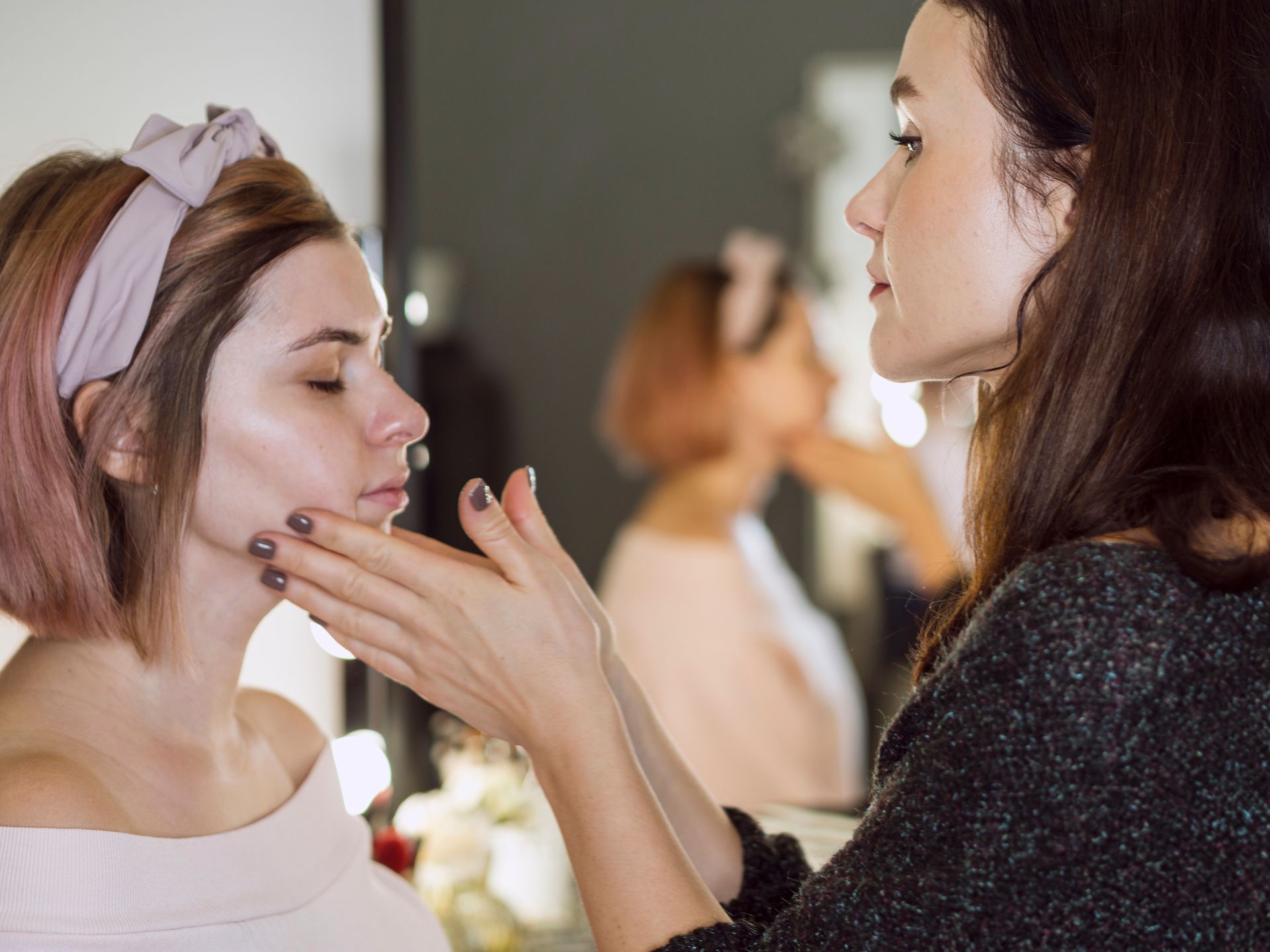How Long Does A Basic Facial Take?
Facials have long been revered as a cornerstone of skincare routines, offering a rejuvenating experience that goes beyond surface-level cleansing. A basic facial, in particular, serves as a fundamental yet vital component in maintaining skin health and vitality. A basic facial, often referred to as a classic facial, is a professional skincare treatment designed to cleanse, exfoliate, nourish, and rejuvenate the skin. It typically involves a series of steps tailored to address individual skin concerns and promote overall skin wellness. While the specific techniques and products used may vary from one aesthetician to another, the primary objective remains constant: to restore balance, clarity, and radiance to the complexion.
The importance of
basic facials transcends mere cosmetic enhancement; it embodies a holistic approach to skincare that emphasizes both physical and psychological well-being. By meticulously removing impurities, unclogging pores, and replenishing moisture, facials help to optimize skin function, thereby reducing the risk of common dermatological issues such as acne, inflammation, and premature aging. Moreover, the indulgent nature of facial treatments offers a welcome respite from the stresses of daily life, fostering a sense of relaxation and self-care that is integral to overall health and happiness.
Benefits for Skin Health
The benefits of basic facials extend far beyond the superficial realm, encompassing a spectrum of advantages that contribute to long-term skin health and resilience. Among the key benefits are:
Deep Cleansing: Through gentle yet thorough cleansing techniques, facials remove dirt, oil, and environmental pollutants that can accumulate on the skin's surface, preventing congestion and breakouts.
Exfoliation: Exfoliating scrubs or enzymes used during facials slough away dead skin cells, promoting cellular turnover and revealing a smoother, more radiant complexion underneath.
Hydration and Nourishment: Serums, masks, and moisturizers infused with potent ingredients penetrate deeply into the skin during facials, delivering essential nutrients, antioxidants, and hydration for optimal skin health.
Stress Reduction: The soothing touch and tranquil ambiance of a facial treatment help to alleviate tension, reduce stress hormone levels, and promote a sense of well-being that radiates from within.
Skin Rejuvenation: By stimulating blood circulation and collagen production, facials encourage skin renewal and regeneration, diminishing the appearance of fine lines, wrinkles, and other signs of aging over time.
Understanding the Basics of Facial Care
Regular facials form the cornerstone of a comprehensive skincare regimen, offering a myriad of benefits that go beyond mere cosmetic enhancement. At its core, the importance of regular facials lies in their ability to deeply cleanse, nourish, and rejuvenate the skin, thereby promoting long-term health and vitality.
One of the primary advantages of regular facials is their efficacy in maintaining skin clarity and preventing common dermatological issues such as acne, congestion, and uneven texture. By gently exfoliating away dead skin cells, unclogging pores, and removing impurities, facials help to optimize skin function and prevent breakouts before they occur.
Regular facial treatments facilitate better absorption of skincare products, allowing serums, moisturizers, and other formulations to penetrate more deeply into the skin and deliver their beneficial ingredients where they are needed most. This not only enhances the efficacy of your skincare routine but also ensures that your skin remains adequately hydrated, nourished, and protected against environmental aggressors.
Beyond the physical benefits, regular facials offer a welcome opportunity for relaxation and self-care, providing a moment of respite from the stresses of daily life. The soothing touch of skilled estheticians, coupled with the tranquil ambiance of the spa environment, helps to alleviate tension, reduce stress hormone levels, and promote overall well-being—a holistic approach to beauty that radiates from within.
Types of Basic Facials
Basic facials come in a variety of variations tailored to address specific skin concerns and preferences. While the core steps of cleansing, exfoliating, and hydrating remain consistent across all types, the choice of products, techniques, and additional treatments may vary to accommodate individual needs. Some common types of basic facials include:
Classic Facial:
- Also known as a traditional facial, this type typically includes cleansing, exfoliation, steam, extractions (if needed), massage, mask application, and moisturization. It is suitable for most skin types and aims to restore balance and radiance to the complexion.
Hydrating Facial:
- Ideal for dry or dehydrated skin, this facial focuses on replenishing moisture levels and enhancing hydration. It may incorporate hydrating masks, serums, and moisturizers rich in humectants and emollients to restore suppleness and elasticity to the skin.
Purifying Facial:
- Geared towards oily or acne-prone skin, this facial aims to deep cleanse and detoxify congested pores, reduce excess oil production, and soothe inflammation. It may involve the use of clarifying masks, purifying serums, and targeted treatments to promote a clearer, smoother complexion.
Sensitive Skin Facial:
- Designed for those with sensitive or reactive skin, this facial emphasizes gentle, soothing ingredients and techniques to minimize irritation and redness. It may include fragrance-free products, calming masks, and light massage strokes to nurture delicate skin without causing further aggravation.
Anti-Aging Facial:
- Tailored for mature skin concerns, this facial focuses on combating signs of aging such as fine lines, wrinkles, and loss of firmness. It may incorporate potent anti-aging ingredients such as peptides, antioxidants, and collagen boosters to rejuvenate the skin and promote a more youthful appearance.
Ultimately, the choice of which type of basic facial to undergo depends on your individual skin type, concerns, and goals. Consulting with a knowledgeable esthetician can help you determine the most suitable option for achieving your desired results and maintaining optimal skin health.
Factors Influencing Duration:
Skin Type and Condition:
The duration of a facial treatment can vary significantly depending on an individual's skin type and condition. Here's how different skin types may affect the length of a facial:
- Normal or Balanced Skin: Individuals with normal skin typically require a standard duration for their facial treatments. Since normal skin tends to be well-balanced with minimal concerns, estheticians can focus on maintaining skin health and addressing any minor issues without the need for extensive adjustments or specialized treatments.
- Dry or Dehydrated Skin: Dry or dehydrated skin may require additional time during facials to adequately replenish moisture levels and restore hydration. Estheticians may incorporate extra steps such as longer hydration masks or massage techniques to ensure deep nourishment and hydration for dry skin types.
- Oily or Acne-Prone Skin: Individuals with oily or acne-prone skin may benefit from longer facial treatments to address excess oil production, congestion, and inflammation. Estheticians may spend more time on deep cleansing, extractions, and targeted treatments to effectively purify and balance oily skin, which can extend the overall duration of the facial.
- Sensitive or Reactive Skin: Those with sensitive or reactive skin may require a gentler approach during facials to avoid exacerbating irritation or redness. Estheticians may need to allocate additional time for patch testing, selecting suitable products, and performing delicate techniques to ensure comfort and minimize adverse reactions.
- Mature or Aging Skin: Mature or aging skin may benefit from longer facial treatments that focus on addressing specific concerns such as fine lines, wrinkles, and loss of elasticity. Estheticians may incorporate advanced anti-aging techniques, specialized serums, and massage movements to stimulate collagen production and promote skin rejuvenation, thereby extending the duration of the facial.
Additional Treatments:
The incorporation of additional treatments can also influence the duration of a facial, as they may require extra time for application, processing, or specialized techniques. Here are some common additional treatments that may extend the duration of a facial:
- Extractions: If extractions are needed to remove blackheads, whiteheads, or other impurities from the skin, this process can add time to the facial treatment. Estheticians may spend extra time performing extractions meticulously and safely to avoid causing trauma or inflammation to the skin.
- Specialized Masks: Certain facial masks, such as peel-off masks, collagen masks, or clay masks, may require additional time to apply, set, and remove properly. Estheticians may allow extra time for these masks to work their magic and deliver their intended benefits to the skin.
- Advanced Techniques: Some facials may incorporate advanced techniques such as microdermabrasion, dermaplaning, or LED therapy, which can extend the duration of the treatment. Estheticians may allocate extra time for these techniques to ensure thoroughness and effectiveness in addressing specific skin concerns.
- Massage: Facial massages, whether performed manually or with specialized tools, can enhance circulation, lymphatic drainage, and relaxation, but they may also add time to the treatment. Estheticians may allocate additional time for massage movements to promote deeper relaxation and improve overall skin health.
- Customized Treatments: For individuals with unique skin concerns or goals, customized treatments may be included in the facial to address specific needs. Estheticians may spend extra time consulting with clients, formulating customized products, and performing tailored treatments to achieve desired outcomes.
Step-by-Step Breakdown of a Basic Facial:
Before the facial begins, the esthetician will conduct a brief consultation to assess your skin type, concerns, and any specific goals you may have for the treatment. This allows them to customize the facial to meet your individual needs. You'll then be invited to relax on a comfortable treatment table while the esthetician prepares the necessary products and equipment.
2. Cleansing and Exfoliation:
The first step involves thoroughly cleansing the skin to remove any makeup, dirt, or impurities that may have accumulated on the surface. The esthetician will use a gentle cleanser appropriate for your skin type, massaging it in with circular motions to ensure a deep cleanse. Following cleansing, exfoliation is performed to slough away dead skin cells and promote cellular turnover. This may involve a physical exfoliant (such as a scrub) or a chemical exfoliant (such as an enzyme peel), depending on your skin's needs.
3. Extractions (if needed):
If your skin has visible blackheads, whiteheads, or congestion, the esthetician may perform extractions to remove them. This step involves using a sterile tool to gently extract impurities from the pores without causing damage or inflammation to the skin. Extractions are performed with precision and care to minimize discomfort and promote clear, smooth skin.
4. Facial Massage:
Next, it's time to indulge in a relaxing facial massage, which not only feels wonderful but also offers numerous benefits for the skin. The esthetician will apply a nourishing massage oil or cream and use gentle, rhythmic strokes to promote circulation, lymphatic drainage, and relaxation. Facial massage helps to relieve tension, reduce puffiness, and enhance the absorption of skincare products, leaving the skin glowing and rejuvenated.
5. Mask Application:
After the massage, a customized facial mask is applied to address specific skin concerns and provide targeted benefits. Masks come in various forms, such as clay, gel, or sheet masks, and may contain ingredients like hydrating hyaluronic acid, clarifying charcoal, or soothing botanical extracts. The mask is left on for a specified period to allow the active ingredients to penetrate the skin deeply and deliver their beneficial effects.
6. Moisturizing and Sun Protection:
The final steps of the facial involve moisturizing and protecting the skin to lock in hydration and shield against environmental damage. The esthetician will apply a lightweight moisturizer suitable for your skin type, gently massaging it in to ensure thorough coverage. If the facial is performed during the daytime, a broad-spectrum sunscreen with SPF is applied to safeguard the skin from harmful UV rays and prevent premature aging.
Huggie Beauty: Your Premier Spa for Luxurious Facials
For unparalleled facial services and an indulgent spa experience, look no further than Huggie Beauty. Renowned for their expertise in skincare and commitment to client satisfaction, Huggie Beauty stands out as the premier destination for rejuvenation and relaxation. With a team of highly skilled estheticians and a wide range of customized facial treatments, including cleansing, exfoliation, massage, and mask application, Huggie Beauty ensures that every visit leaves you feeling refreshed, revitalized, and radiant. Trust in Huggie Beauty to deliver exceptional results and pamper you with the care and attention you deserve.
Conclusion
Achieving optimal results in skincare relies heavily on consistency and dedication to a well-rounded routine. By committing to regular facials and maintaining a disciplined approach to skincare, individuals can unlock the full potential of their complexion, experiencing improved texture, clarity, and overall skin health. Remember, the journey to radiant skin is a marathon, not a sprint, so stay committed to your skincare regimen, listen to your skin's needs, and seek professional guidance when necessary. With consistency and the right products, you can achieve the glowing, healthy-looking skin you desire.

